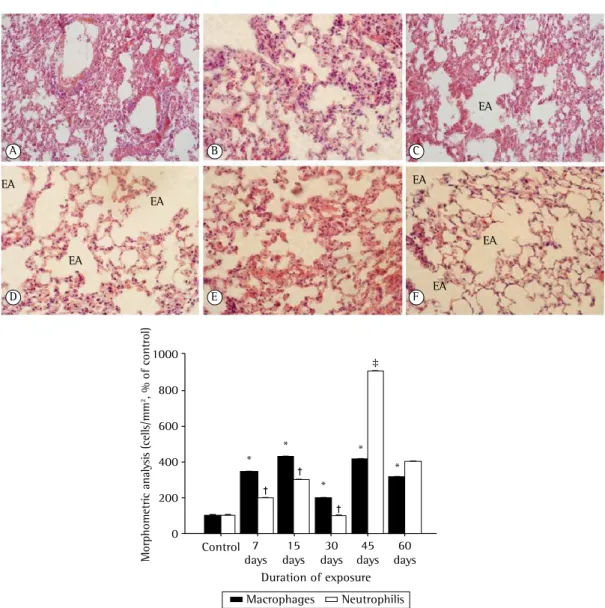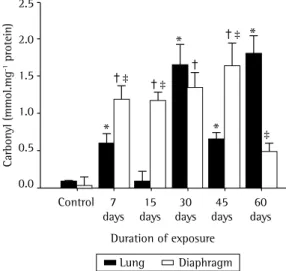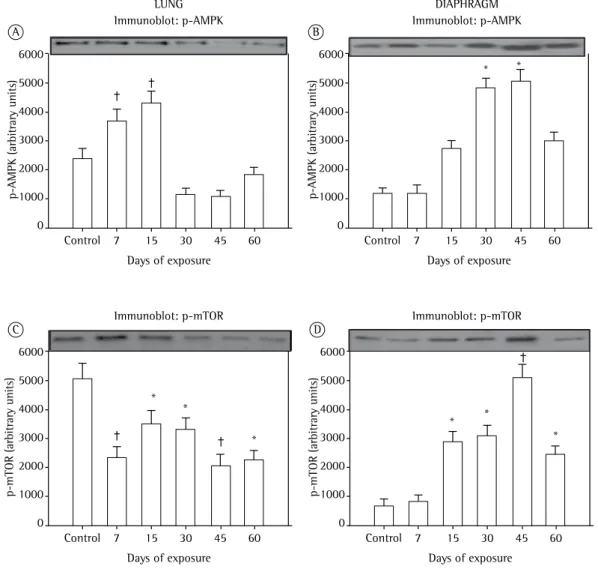J. bras. pneumol. vol.40 número4
Texto
Imagem



Documentos relacionados
Thiobarbituric acid reactant substances (TBARs) content, and the activities of glucose-6-phosphate dehydrogenase (G6PDh), citrate synthase (CS), Cu/Zn- and Mn-superoxide
Swimming training decreased thiobarbituric acid reactive substances (TBARS) levels (P o 0.05) and increased the activity of the antioxidant enzyme superoxide dismutase (SOD) (P o
All of the isolates showed antioxidant activity as determined by the Thiobarbituric Acid Reactive Substances (TBARS) method with both types of extracts.. When the antioxidant
Mean values and standard deviation of thiobarbituric acid reactive substances (TBARS), total peroxide, vitamin C and reduced glutathione (GSH) in plasma of mice treated with
In this study, the changes in the lipid (Lox) and protein oxidation (Pox) were measured quantitatively by TBARS and carbonyl methods, respectively, throughout the salting and
pulegium could modulate the hemolysis associated to t-BHP exposure, non-protein thiol (NPSH) oxidation and lipid peroxidation (measured as thiobarbituric acid reactive substances
Table 1 - Levels of thiobarbituric acid reatives substances (TBARS), total antioxidant status (TAS) and oxidative stress (OS), expressed as mean (standard deviation, SD,
Severe sepsis induces massive infiltration of inflammatory cells and an increase of thiobarbituric acid reactive substances (TBARS) level in lung. Oxidative stress mediated by